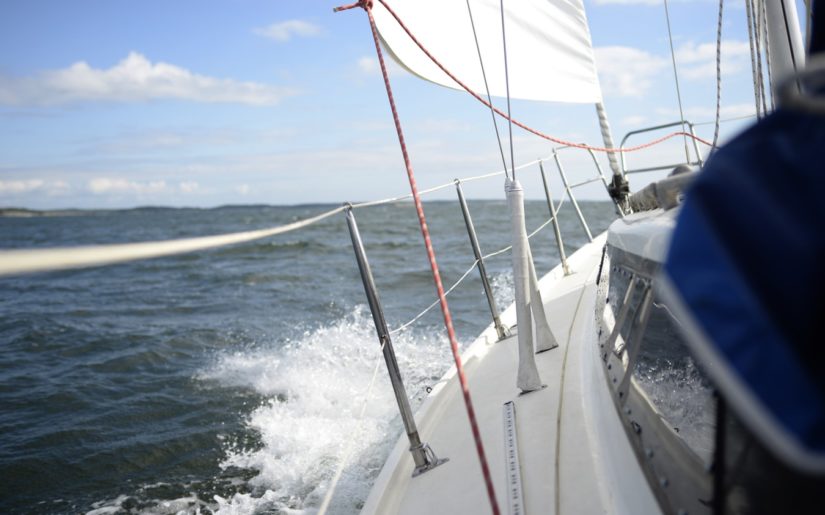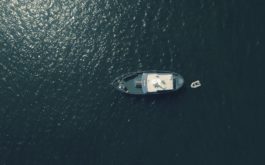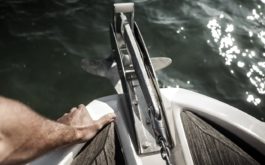Choosing a safe speed depends on:
- Your ability to see ahead–reduce your speed during fog, mist, rain and darkness
- Current, wind and water conditions
- How quickly your boat can change direction
- The boat traffic around you
- The presence of navigational hazards such as rocks and tree stumps
- Your distance from shore
Boaters should always abide by both posted and un-posted speed limits and be aware that various US States and Canadian provinces have universal shoreline speed restrictions.

High speed operation
Boats operating at high speeds require a greater stopping distance. Operators driving their boats at high speeds should ensure they are able to react effectively in emergency situations, including sudden changes in water, weather and visibility conditions.
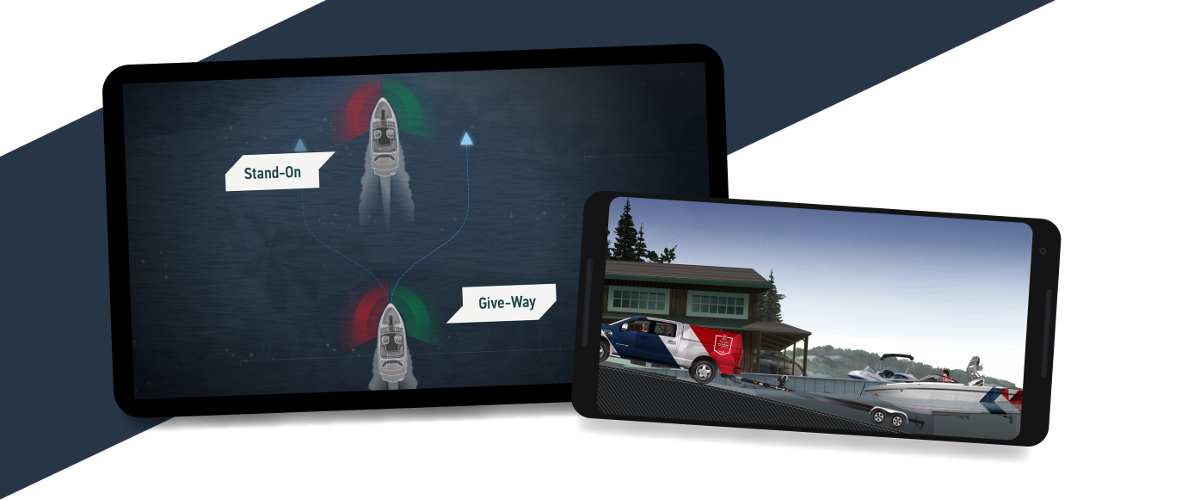
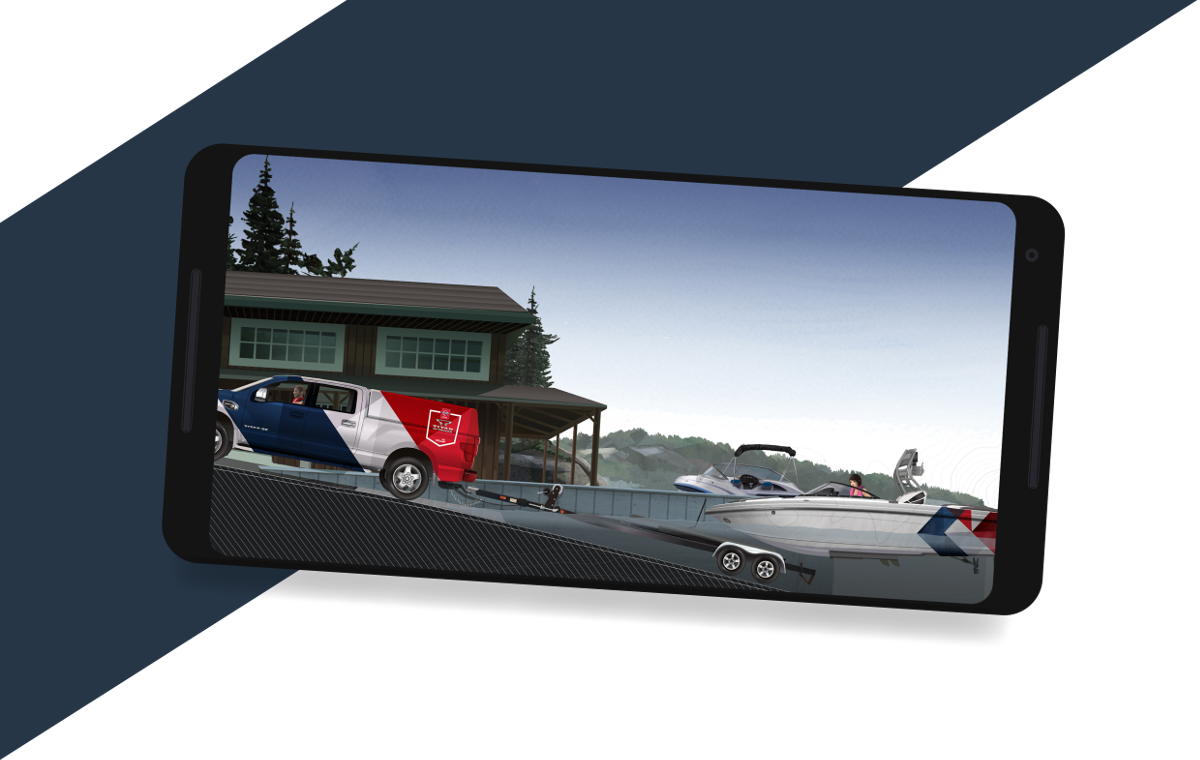
Get your Official North American
Boating License
The Official NASBLA and Transport Canada Boating Course, Test & License.
Get your Official North American
Boating License
The Official NASBLA and Transport Canada Boating
Course, Test & License.

Be aware that high-speed operation reduces the amount of time you have to react in an emergency. You should always use caution and be more attentive when operating at high speeds.
Remember to always operate at a speed that allows you to take effective action to avoid collisions.
Trim
Your boat’s trim is the angle of the boat in the water. Too much weight towards the bow of the boat will cause the front of the boat to plow down into the water. Too much weight towards the stern of the boat will cause the boat to bounce on the water. Either condition can result in poor and uncontrollable handling.
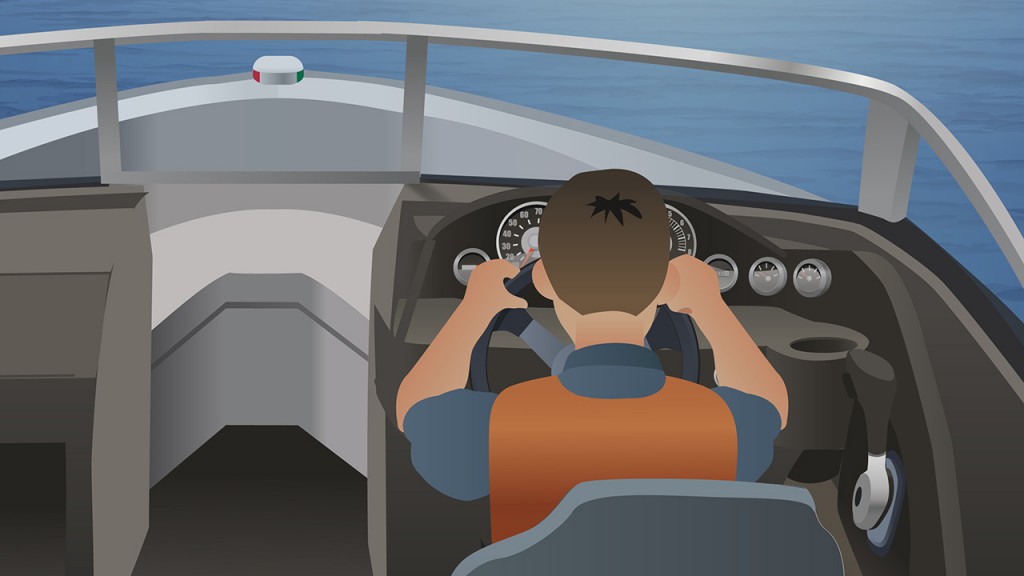
When properly ‘trimmed’, the gunwales of the craft should be parallel to the water. Trim can be controlled by altering the position of equipment and people in the craft. For boats equipped with power trim, the operator can adjust the trim of the boat by changing the angle of the motor/outdrive or ‘trim tabs’ that are affixed to the transom.
Accelerating and Planing
When accelerating, your boat will tend to leave the water and hydroplane onto the surface. Initially, this will lift the bow of the boat by several degrees and diminish your ability to see over the bow of your craft. To correct this situation, simply accelerate slightly to achieve full plane and your boat will regain a horizontal trim position.
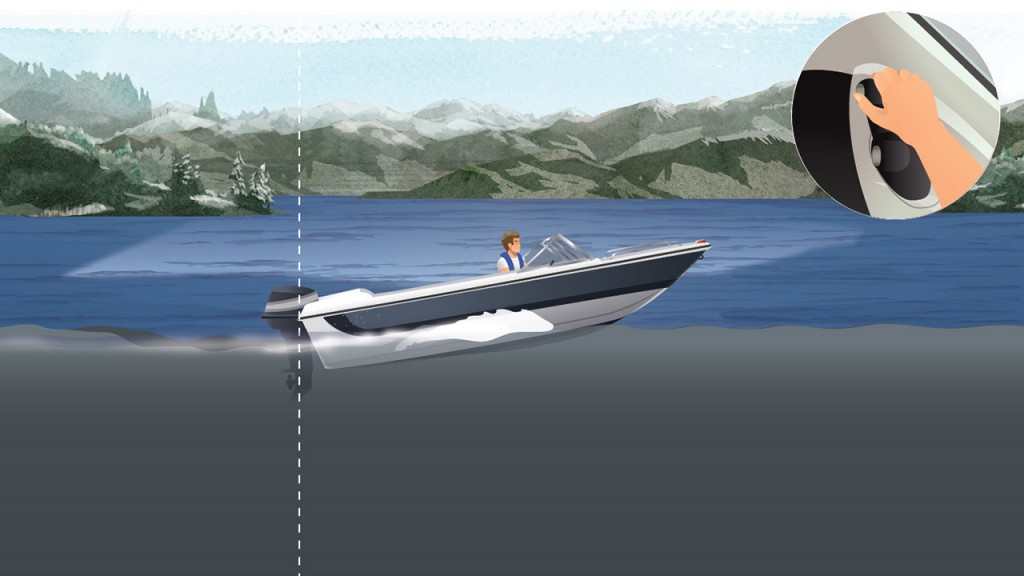
Steering and stoping
You should look in all directions (including behind to the stern) before turning your craft. Take note of the position of other boats and their relative speed. Once a safe direction has been established, turn your boat in a predictable manner. You should avoid rapid and unexpected manoeuvers as other boaters will not be able to predict your movements.
Most pleasure craft steer as water passes over the rudder or outdrive and is forced astern by the propeller. If power to the propeller is cut, the operator can still steer the craft as long as the boat is still moving (coasting) through the water.
To stop your craft, pull back on the throttle using a smooth, even motion. Your craft will slow to idle speed. To stop your craft completely, move the throttle lever to the neutral position. Always allow for enough distance for your boat to coast to a complete stop.
Steering and stoping
Personal watercraft steer as high-pressure water passes through the craft’s jet-propulsion system. Water is forced through the steering nozzle at the stern of the PWC. The steering nozzle is controlled by the handlebars, which the operator can turn left or right.
Remember, that as a PWC’s throttle lever is released to idle position, less water is forced through the system, and therefore less steering or directional control is available. If the engine is shut off, all directional control is lost. You need to apply throttle in order to steer a PWC.
You can stop a PWC by releasing the throttle lever, pressing the stop button or disconnecting the safety lanyard. PWCs coast farther and require more distance to stop than traditional pleasure craft. PWC operators should remember that a minimum of 75 m is required to stop from full throttle–exact stopping distance depends on the type and size of PWC being operated and the prevailing water and wind conditions.
Never use the PWCs reverse (if so equipped) to stop. You or your passenger(s) could be unexpectedly ejected towards the handlebars or thrown from the craft.
Remember to become familiar with the stopping operations of your PWC by practicing in a safe, controlled area. Always leave ample distance between yourself and other craft.
